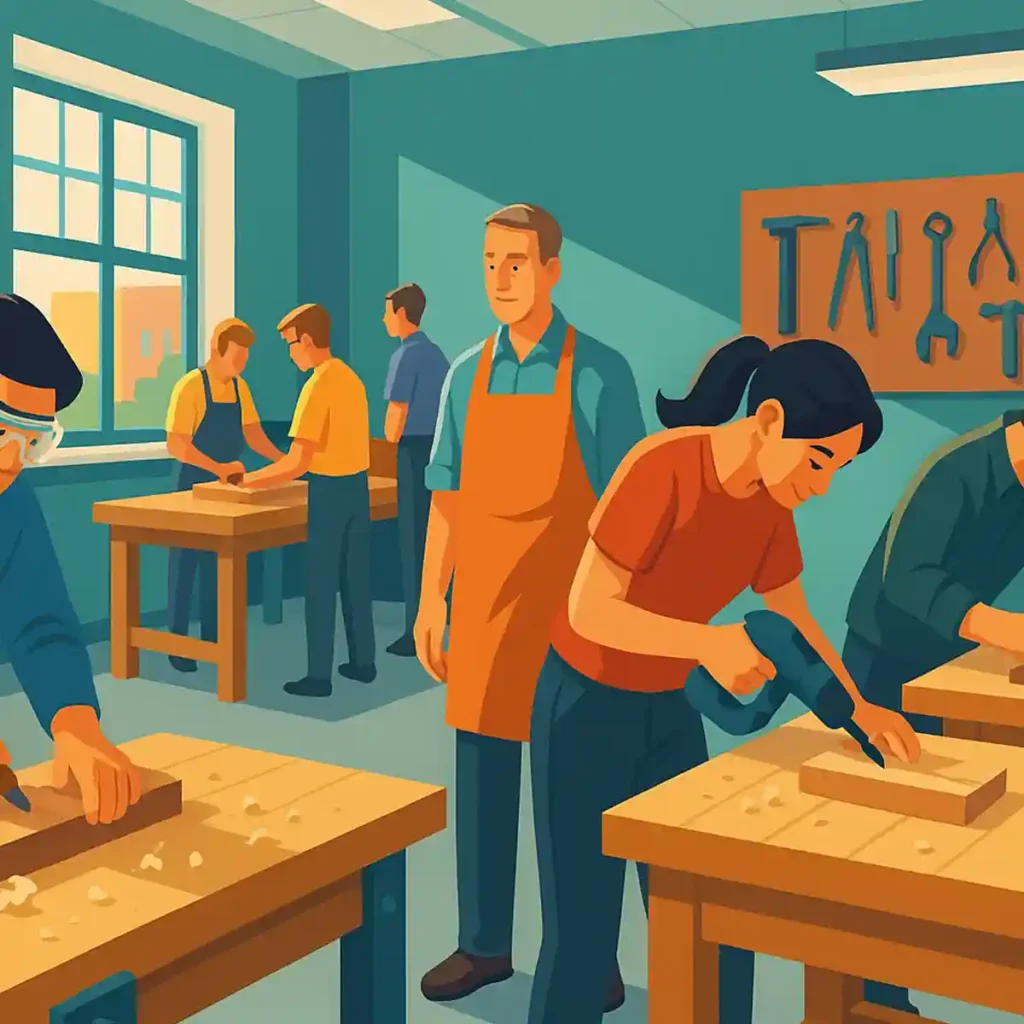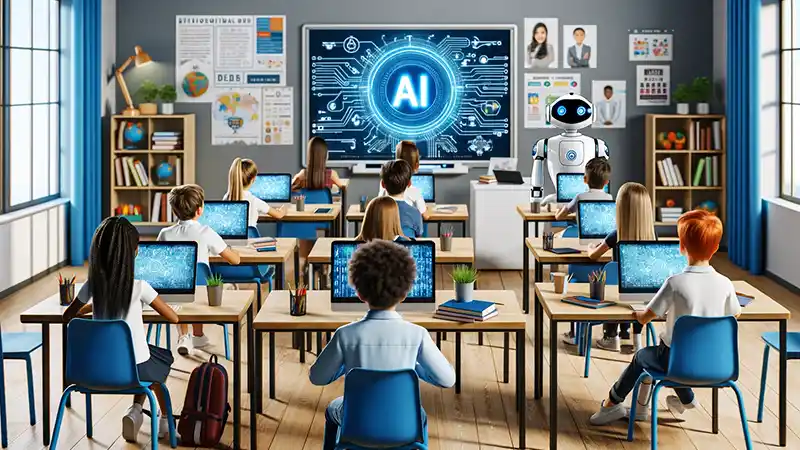As artificial intelligence (AI) continues to reshape the job market, high schools across the United States are revitalizing shop classes to equip students with practical skills that remain indispensable in the evolving landscape. This resurgence not only addresses the growing demand for skilled tradespeople but also offers a strategic hedge against the uncertainties introduced by AI advancements.
The Resurgence of Shop Classes
In response to labor shortages and the rising costs of higher education, many school districts are investing heavily in modernizing vocational education. For instance, Middleton High School in Wisconsin underwent a $90 million renovation in 2022, unveiling state-of-the-art technical education facilities. These new labs, equipped with computer-controlled machinery and robotic arms, have attracted significant student interest. Approximately 25% of the school’s 2,300 students have enrolled in courses such as construction, manufacturing, and woodworking.
This trend is not isolated. Nationwide, enrollment in vocational programs is on the rise as students and parents recognize the value of hands-on skills that offer both stability and lucrative career opportunities. In Wisconsin alone, 32,000 high school students took classes in architecture and construction during the 2022-2023 school year, marking a 10% increase from the previous year.

Integrating AI into Vocational Training
The modernization of shop classes goes beyond updated equipment; it encompasses the integration of AI and automation technologies into the curriculum. By familiarizing students with AI-driven tools and processes, schools are preparing them for a workforce where collaboration with intelligent machines is becoming the norm. This approach ensures that students are not only adept at traditional trades but also capable of navigating and leveraging new technologies in their work.
A Strategic Response to AI Disruption
As AI continues to automate routine tasks, particularly in white-collar professions, the emphasis on vocational training offers a pragmatic alternative. Skilled trades such as welding, electrical work, and carpentry require a level of dexterity, problem-solving, and on-site decision-making that AI cannot easily replicate. By equipping students with these skills, schools are providing them with career paths that are less susceptible to automation.
Moreover, the integration of AI into vocational training does not signal the replacement of human workers but rather an enhancement of their capabilities. Students learn to work alongside AI, using it as a tool to increase efficiency and precision in their trades. This symbiotic relationship between human skill and artificial intelligence positions graduates to excel in a technologically advanced job market.
Conclusion
The revival and modernization of shop classes represent a forward-thinking approach to education in the age of AI. By blending traditional hands-on skills with cutting-edge technology, schools are preparing students for fulfilling careers that are resilient to the disruptions posed by automation. This educational strategy not only addresses current labor shortages but also anticipates the future needs of an AI-integrated workforce, ensuring that students are well-equipped to thrive in the evolving economic landscape.


